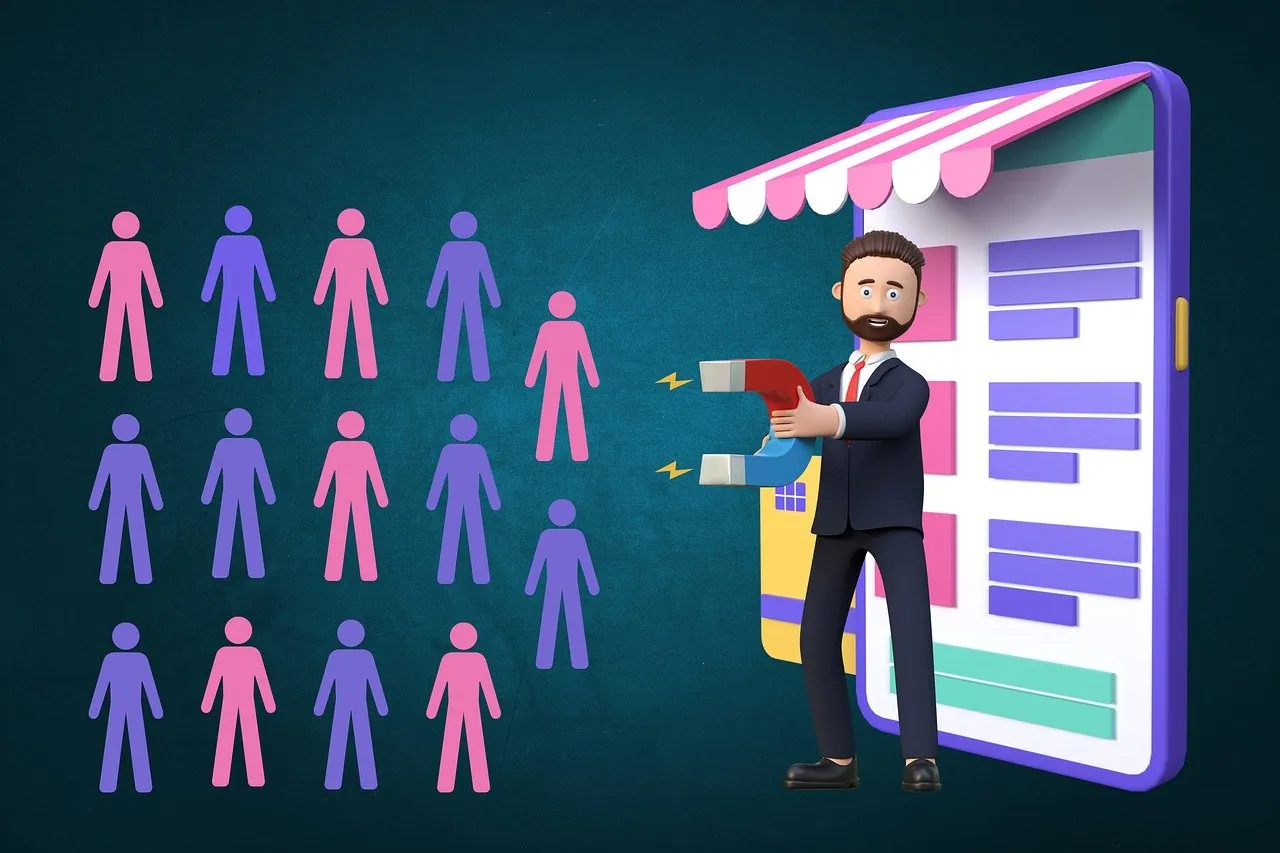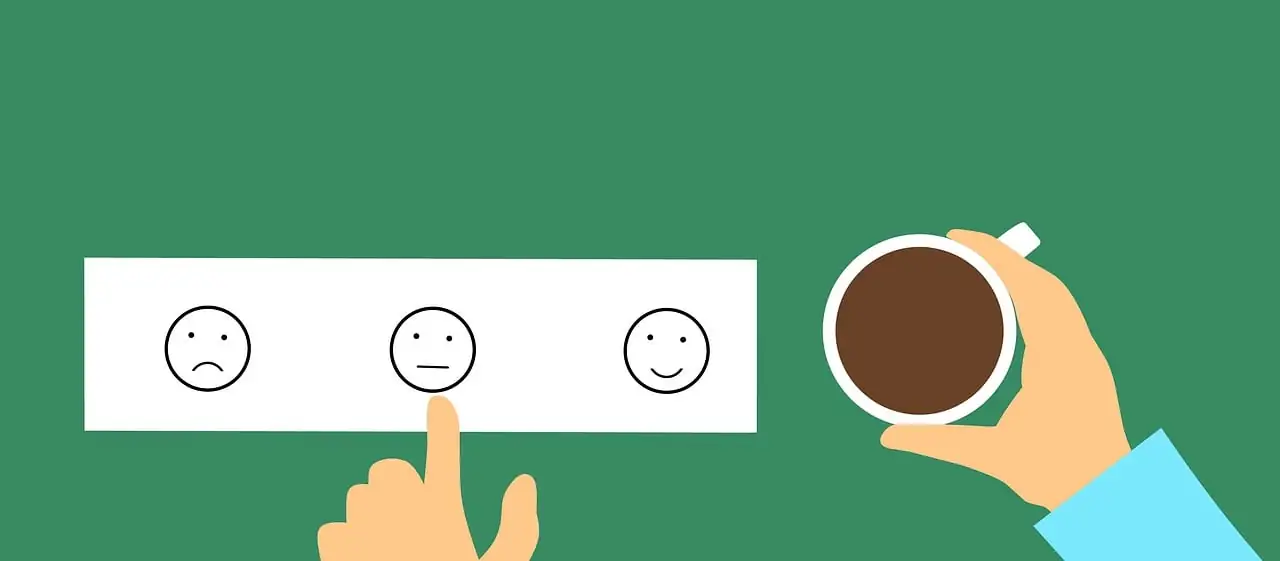B2B Sales Funnel: 7 Crucial Stages Beneficial for Businesses
If you work in sales and marketing, you have almost certainly heard of the sales funnel and how important it is. But where does its importance lie, specifically? Well, to put it simply, a good understanding of the sales funnel equals a good understanding of your customers’ journey.
It helps you identify your customers’ needs at each stage, build trust, and guide them toward a purchase decision. In essence, it’s a roadmap to business growth.
This article explores the seven crucial stages of the B2B sales funnel, where each stage represents a unique phase in your customer’s journey. So, let’s dive in and unravel the B2B sales funnel.
Stage 1: Lead Generation
As the initial stage in any sales funnel, lead generation is all about sparking interest and attracting potential customers to your business. It’s the initial “hand-raising” moment when potential customers say, “Yes, I might be interested in what you offer.”
Think about it as the initial stride in building a reservoir of potential customers. Without leads, there are no potential clients, no chances for sales, and ultimately, no expansion for your business.

Let’s consider an example to illustrate this stage better. If a company offers domain registration services, such as a .il domain, for businesses looking to establish a presence in Israel, they are already engaging in lead generation.
By offering these specific domains, the company is attracting businesses and entrepreneurs interested in expanding to Israel. This is pure and simple lead generation in action, an easy yet effective strategy to attract potential customers and kickstart the sales process.
Using person search tools, businesses can efficiently locate and gather essential contact details such as names, phone numbers, and email addresses. This enables tailored communication that resonates with the potential leads’ interests and needs, setting the stage for a more productive engagement.
During this stage, it’s critical to detail and track potential leads to see their value proposition and guide them through the funnel more efficiently. So as part of this process, ensure you effectively gather data and manage data. Of course, keeping this data secure is paramount, so consider using a virtual data room for storing and sharing vital documents.
Stage 2: Lead Nurturing
Once you have attracted a potential lead, the next step is to nurture them and guide them throughout the following stages of the sales funnel. Therefore, the lead nurturing stage is all about effective, targeted communication.
It involves providing your leads with the right information at the right time, helping them move closer to making a purchase decision. It consists in grasping their needs, responding to their concerns, and illustrating how your product or service can be the solution to their challenges.
But it doesn’t stop there. The nurturing process also involves follow-up communication, ensuring that the lead is satisfied with the information and assistance they’ve received. Using intent data you can share additional resources, offer a demo, or even schedule a consultation to discuss their specific needs in more detail.
You could think about this nurturing process as watering and caring for a plant. By supporting your potential lead with relevant, timely, and interesting information, you are helping them move closer to the decision stage and ensuring your business remains a strong contender in their consideration set.
Providing your lead with locally-relevant information is another vital element of a well-thought-out nurturing stage. For example, if your business serves customers who are mostly located in Malta, ensuring you communicate with them via a .mt domain can greatly increase your chances of success.
Ultimately, lead nurturing is a crucial stage in the B2B sales funnel that can significantly impact the final purchase decision.
Stage 3: Evaluation
At this point, your lead is getting closer and closer to becoming a customer. The evaluation stage identifies the moment when they start to weigh their options and determine if your business aligns with their needs.
If they’re not convinced of the value you provide, they might opt for a competitor. That’s why it’s essential to deliver clear, persuasive information that underscores the unique advantages of your product or service.
For instance, suppose your business offers domain registration services, helping businesses establish an online footprint in various regions. One such region could be the United Kingdom, where businesses might be interested in a .co.uk domain.

Your role at this juncture is to equip them with all the necessary data to recognize that your service is the superior option. This might encompass comprehensive details about your services, endorsements from contented customers, and a proactive customer support team ready to resolve any queries they may have. By undertaking these steps, you enhance the likelihood of them opting for your service when they’re primed to finalize a purchase.
While data is key to sales success, the sales funnel is ultimately about people. You’ll need, in fact, a combination of human skills and data-driven insights to close deals. This suggests a shift from the traditional sales and marketing dynamic, with a focus now on the value of leads rather than the volume.
And remember, the evaluation stage is not just about selling a product or service. More importantly, it’s about building a relationship with potential customers and showing them that you understand their needs and can provide the best solution.
This will lead to improved B2B CX and stronger customer loyalty, as businesses are more likely to trust a brand that truly understands their challenges and goals.
During this stage, businesses often find value in presenting a well-written SaaS sales proposal that highlights how their solution addresses the lead’s specific pain points and requirements.
Stage 4: Decision
As your customers progress further into the B2B sales funnel, they reach the decision stage. This is the pivotal point where potential customers stand on the cusp of making a choice. They’ve already expressed interest, received nurturing, and assessed their options. Now, they’re ready to make a decision.
At this stage, your efforts in lead generation, nurturing, and evaluation should hopefully pay off – but this is also a stage that requires careful handling. You need to provide that final push that convinces leads to choose your product or service over others.
Technology plays a significant role in the modern sales funnel. Tools like video conferencing and other apps offer an opportunity to engage at a time and place that suits the prospect.
Consider a business that’s planning to redesign their B2B website. They’ve been evaluating various website design services, and your high-quality offerings stand out. Impressed by your portfolio and customer testimonials, they’re convinced your company is the right choice for their redesign project. Before they sign on, a clear and compelling proposal outlining deliverables, pricing, and timelines can seal the deal—this is where knowing how to write a business proposal becomes essential. Once your proposal is accepted and they decide to engage your services, the lead becomes a customer.
And there you have it: the decision stage in action. But things keep moving on from here, with the three final stages of the sales funnel that we are about to uncover.
Stage 5: Purchase
Once a customer has reached the purchase stage, they are making their first purchase. This is a momentous time when all the previous stages come to fruition. This is also the time when you need to ensure that your final steps – such as finalizing a contract and processing a payment – are as simple, smooth, and secure as possible.

Once again, let’s illustrate this stage with a practical example.
Suppose a business needs to fax something online. They’ve gone through the stages of the sales funnel, from showing interest in online fax services to deciding to use a specific service.
Now, they’re at the purchase stage. They enroll in a plan, process a payment, and start using the service. They can complete the purchase via an OpenCart payment gateway, a digital wallet, or even a mobile payment app. But what does it take for them to remain loyal to that company and keep going back for more excellent products and services? You guessed it: retention.
Stage 6: Retention
The retention stage focuses on preserving and enhancing the relationship with your customers after they have completed a purchase. It includes delivering exceptional customer service, swiftly resolving any issues, and offering value that encourages customers to return.
You have probably heard that it’s often cheaper to keep an existing customer than to win a new one. But it’s not just about cost. Customer retention, in fact, can also result in repeat business, recommendations from other customers, and a stellar reputation, all of which can bolster your business’s enduring success.
Let’s consider an example. Suppose a business has recently signed up for small business telephone services. The retention stage would involve ensuring they’re satisfied with the service, addressing any issues they might have, and providing ongoing value that keeps them using the service. This could involve offering excellent customer service, providing regular updates, and even offering additional services that could benefit their business.
By undertaking these steps, the company enhances the likelihood of preserving the customer, fostering a lasting business relationship that’s advantageous for both them and their customer.
Stage 7: Advocacy
Do you think that, surely, a sales funnel would end with the retention stage? Think again. At the very bottom of the funnel we encounter another essential stage: advocacy.
This is all about turning your satisfied customers into advocates and ambassadors who actively promote your business. This could involve sharing their positive experiences with others, recommending your product or service, or even writing a positive review online or through social media.
Advocacy does more than just draw in new customers. It also fortifies your brand’s standing, reputation, and competitive edge. When a customer turns into a brand advocate, they become a living and breathing testimonial, with their endorsement carrying a weight that can greatly sway potential customers’ choices.

Suppose a business has had a positive experience with a platform as a service (PaaS), guided by the platform as a service examples they’ve encountered. They share their experiences on social media, write glowing reviews, and even refer a business associate to the service.
This is one of the most powerful ways to attract new customers and grow your business.
Conclusion
In this guide, we have explored the seven stages of the B2B sales funnel, illustrating what happens exactly when a potential lead becomes a paying customer and eventually turns into a brand advocate.
Understanding these stages is key to success, as it’s about building relationships, providing value, and creating a community of advocates. The B2B sales funnel is more than a sales tool: it’s a roadmap to customer acquisition and retention. So, embrace the journey, learn from each stage, and watch your business thrive.
